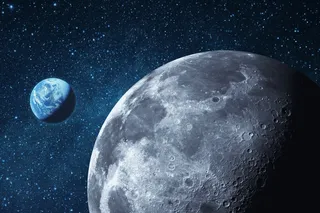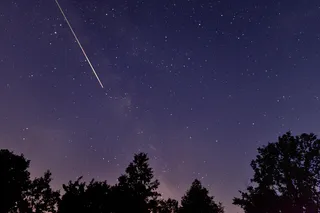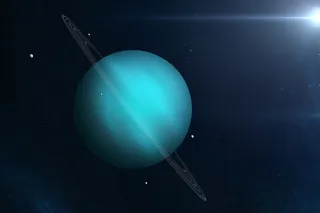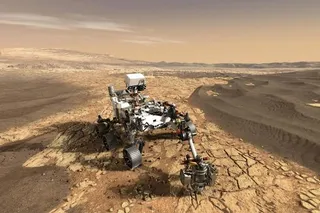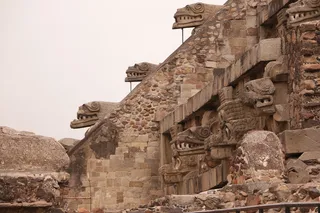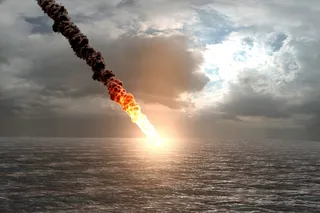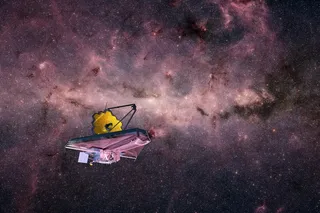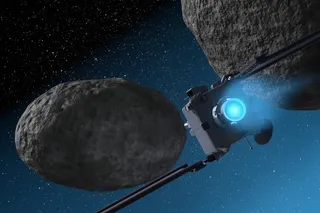It's well known that dark energy is a mystery -- both for scientists, and apparently for funding agencies who are trying to figure out how best to learn more about this stuff that makes up about 73% of the energy of the universe. I haven't been paying close attention to the ins-and-outs of this saga (there are more rewarding ways to give yourself an ulcer), but last I had heard the National Academy of Sciences had given very high priority to a satellite observatory meant to pin down the properties of dark energy. This was the JDEM idea -- Joint Dark Energy Mission, where "joint" indicates a partnership between NASA and the Department of Energy. (They don't always play well together, but the Fermi satellite is a notable recent success.) Now, via Dan Vergano's Twitter feed, I see a story in Nature News to the effect that things have become murky once again. The proposals got too expensive, so NASA turned to the European Space Agency for help, but ended up giving away things the DOE thought were in their domain, so they threatened to take their toys and go home, giving up on the idea of a satellite altogether. The story is complicated by disagreement over how important it is to measure the dark energy equation-of-state parameter, the number characterizing how quickly the energy density changes (if at all). It's frequently said that "we know nothing" about dark energy, but that's not true; we know that it's smoothly distributed and nearly-constant in density through time. We even have a very natural candidate for what it is: the vacuum energy. There is of course the problem that the vacuum energy is much smaller than it should be, but that problem is there whether it's strictly zero or just really small. Other models still have that problem, and tend to add other fine-tunings on top. It would be great, and we would certainly learn a lot, if the dark energy were not simply vacuum energy; but right now we have no compelling reason to think it's not, so it's a bit of a long shot.
How to Go After Dark Energy?
Explore the dark energy mystery and the Joint Dark Energy Mission's role in uncovering its properties and implications.
More on Discover
Stay Curious
SubscribeTo The Magazine
Save up to 40% off the cover price when you subscribe to Discover magazine.
Subscribe

